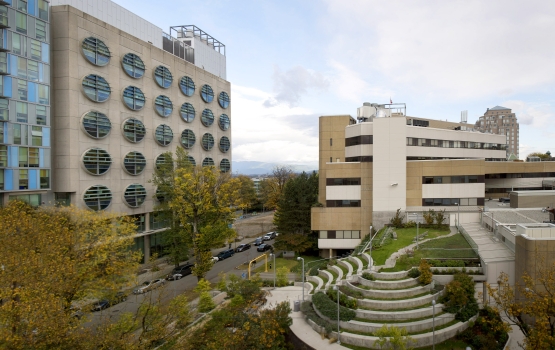OLYMPIAS (GREECE)
Olympias is located in the Halkidiki Peninsula in Northern Greece.
Olympias is a gold-silver-lead-zinc mine located in the Halkidiki Peninsula in northern Greece.
KEY HIGHLIGHTS
Location
Mine type
Metals mined
Expected mine life
Deposit type
Ownership
*Based on Proven & Probable Mineral Reserves. Refer to Reserves and Resources for more information on Mineral Reserves.
Virtual Tour
OPERATING DATA
| Gold Operations | 2024A | |
|---|---|---|
| Ounces Produced1 | 69,532 | |
| Ounces Sold | 70,130 | |
| Tonnes Milled | 446,732 | |
| Grade (grams / tonne) | 8.54 | |
| Total Cash Costs ($/oz sold)2 | $1,304 | |
| All-in Sustaining Costs ($/oz sold)2 | $1,562 | |
| Growth Capital Expenditures ($M)2 | $11.3 | |
| Sustaining Capital Expenditures ($M)2 | $15.4 | |
| By-product Credits ($M)3 | $80.0 |
Note: All amounts are in US$ unless otherwise indicated.
1Payable metal produced.
2These financial measures or ratios are non-IFRS financial measures or ratios. Certain additional disclosure for non-IFRS financial measures and ratios have been incorporated by reference and additional detail can be found at the end of this press release and in the section 'Non-IFRS and Other Financial Measures and Ratios' in the Company's December 31, 2024 MD&A.
3Revenue from silver, lead and zinc sales.
GEOLOGY AND MINERALIZATION
Olympias is a gold-rich polymetallic carbonate replacement deposit hosted in an interlayered sequence of feldspar-biotite gneiss and marble within the Paleozoic Kerdylia Formation of the Serbo-Macedonian Massif, NE Greece. It contains multiple lenses which together extend in a NNE direction for over 1.5 km, plunge 30 to 35° SW, and have an average thickness of 12 m. Two main end-member ore types are recognised; a base metal-rich ore type and a high arsenic-silica, high gold ore type. The latter typically occurs in the core of the ore lenses and is dominated by grey arsenian pyrite and arsenopyrite and subordinate galena and sphalerite with quartz-rich gangue. Gold grades are typically >10 to 30 g/t. The base metal-rich ore is characterized by variable pyrite, galena and sphalerite with lesser arsenian pyrite and arsenopyrite, and calcite-rich gangue. Gold grades are commonly in the range of 2 to 10 g/t. Both ore types locally contain spectacular bladed to dendritic arsenian pyrite and arsenopyrite with massive base metal sulphides. The Olympias deposit likely formed during the Late Oligocene to Early Miocene coincident with magmatism in the region.

EXPLORATION
Olympias is an unusually gold-rich polymetallic carbonate replacement deposit. The underground mine has a long history and more recently, in December 2017, was brought back into commercial production by Eldorado. The mine has a significant resource base. Limited systematic exploration has been conducted at Olympias outside of the confines of the known ore body, and consequently nearby areas have outstanding exploration potential. The deposit is open up-plunge, down-plunge, and lateral to the known mineralization. Numerous targets exist that have had little or no drill testing. Ongoing rehabilitation of existing workings and underground development into new areas is providing access to test these exploration targets.

REPORTS
| REPORT TITLE | LINK |
|---|---|
| 2024 Production Data (January 2025) | |
| Resources & Reserves (September 2024) | |
| 2024 Production & Cost Guidance (February 2024) | |
| Technical Report, Olympias Mine, December 31, 2023 | Download PDF |
| Technical Report, Olympias Mine, December 31, 2019 | Download PDF |
| Technical Report, Olympias Mine, July 14, 2011 | Download PDF |








